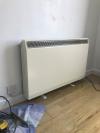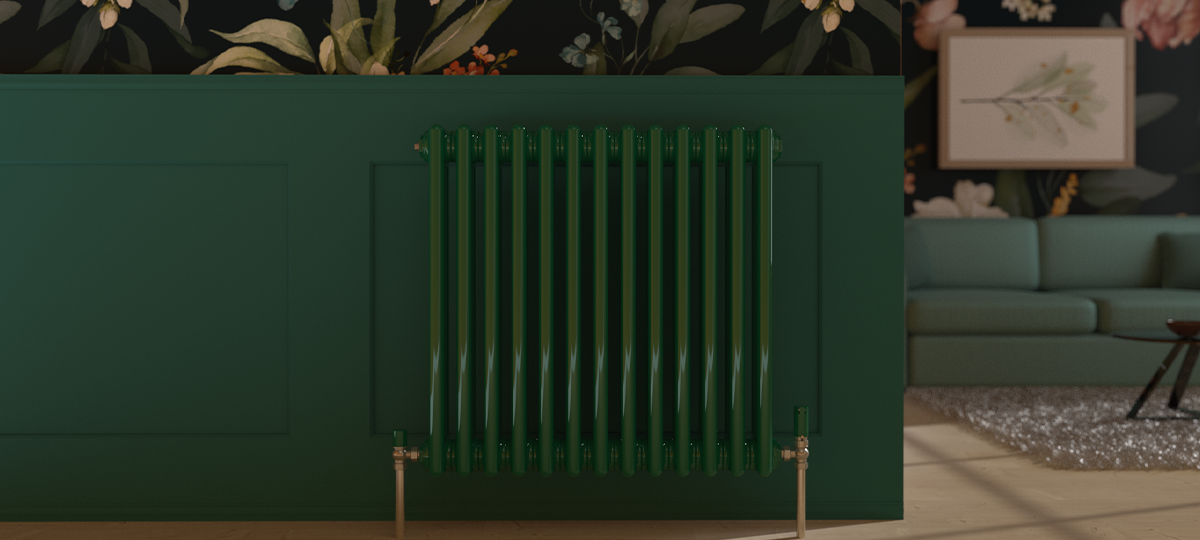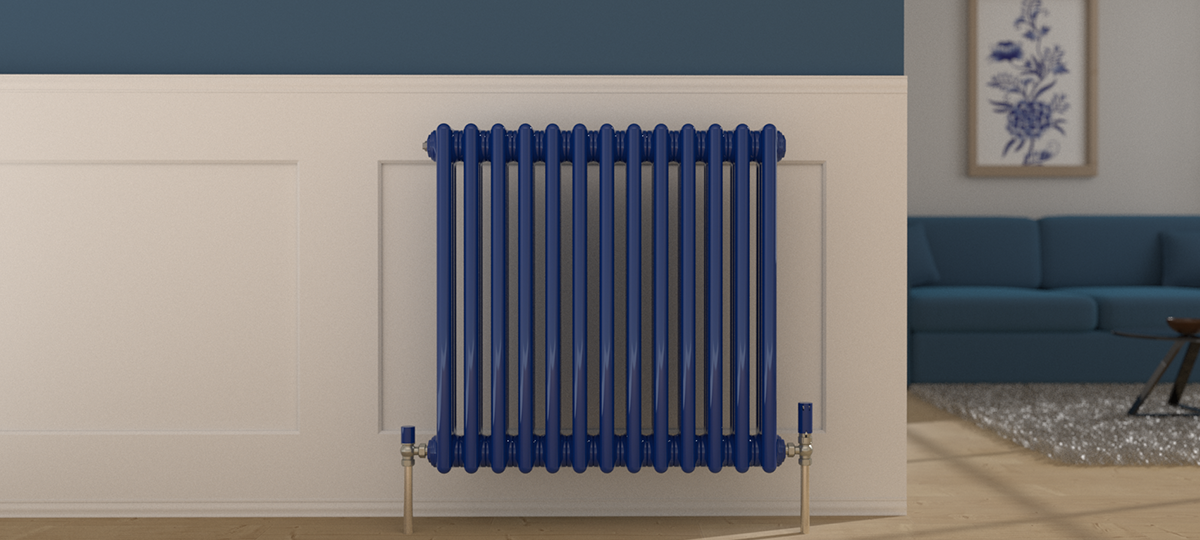Cookie Policy
As with most websites Column Rads uses cookies. In order to give a personalised, responsive service and to improve the site, we remember and store information about how you use the site. This is done using cookies which are simple text files which sit on your computer. These cookies are safe and secure and will never contain any sensitive information. They are used only by Column Rads or the trusted partners we work with, where they are used for marketing, statistics and personalised ads. We’ve recently updated our Privacy Policy to give you more detailed information about your rights and how we use your data.
Strictly Functional
These cookies are required for the site to operate correctly and thus cannot be disabled. They are first-party cookies and are used for core functionality such as allowing users to log in and storing basket contents. Some also provide security functions to protect our users.
Statistics
Statistics cookies or "performance cookies" are used to collect information on how the site is used. It provides metrics to identify which parts of the site users visit and what links are clicked. As this information is anonymised and aggregated it cannot be used to identify any individual user actions. These metrics are used to improve the site and track its performance.
Marketing
Marketing cookies are used to tailor ads to user interests and to prevent the same adverts from being shown multiple times. They do this by building a profile of the user based on their behaviour across multiple sites and are known as persistent cookies.
Extra Functions
Also known as "preference cookies", these cookies are used to remember user decisions made in the past and can provide extra functionality to the site that is not strictly needed. Disabling these cookies will not prevent users from using the site but may negatively effect their experience with regards to convenience.
Click here to learn about cookies








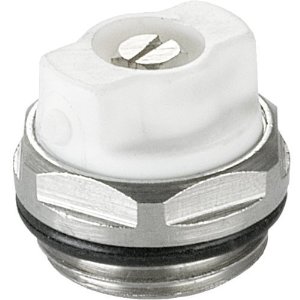
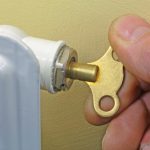
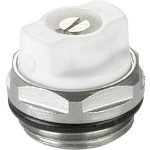 Most air vents today have a flat head slot and a square head like the image below. The air vent is the part of the radiator that can be turned with a radiator key to let the air out of the system. Old fashioned panel radiators have the bleed valve built into the radiator and these are generally just a square head. Heated towel radiator are similar in configuration. If you are unable to find your radiator key, they are readily available to buy from Column Rads, but any new radiator purchased in the Revive range of radiators comes complete with a bleed key.
You will need the radiator key, an old rag to catch any excess water from the system and an old towel on the floor if it goes really wrong.
Most air vents today have a flat head slot and a square head like the image below. The air vent is the part of the radiator that can be turned with a radiator key to let the air out of the system. Old fashioned panel radiators have the bleed valve built into the radiator and these are generally just a square head. Heated towel radiator are similar in configuration. If you are unable to find your radiator key, they are readily available to buy from Column Rads, but any new radiator purchased in the Revive range of radiators comes complete with a bleed key.
You will need the radiator key, an old rag to catch any excess water from the system and an old towel on the floor if it goes really wrong.


